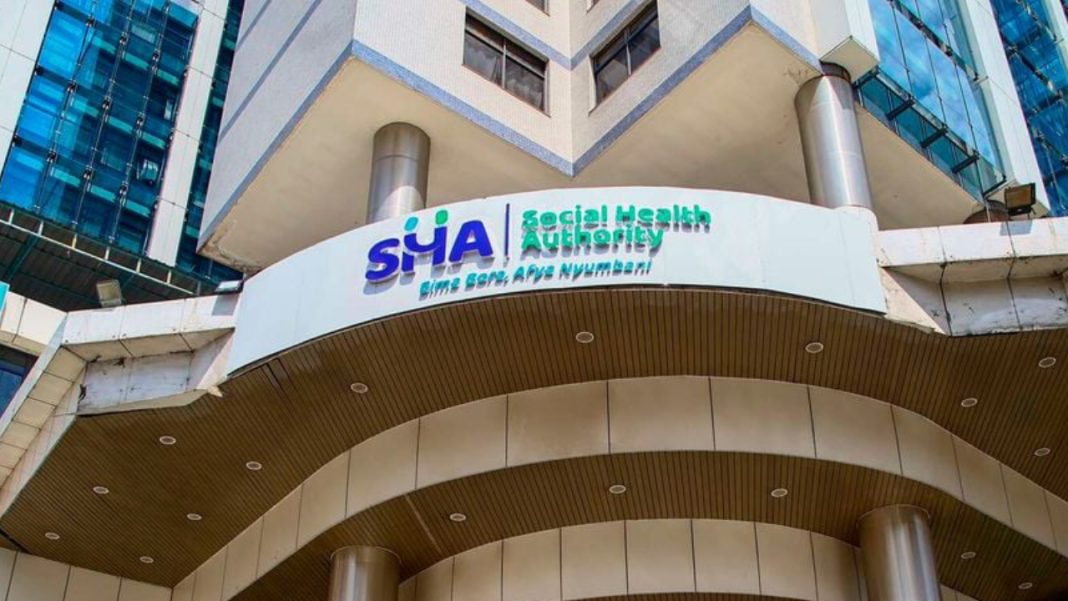Kenya’s deposit-taking Savings and Credit Cooperative Societies (Saccos) have taken center stage in the credit market, surpassing commercial banks in loan issuance as Kenyans increasingly turn to more affordable financing options.
According to the latest data from the Sacco Societies Regulatory Authority (SASRA), Saccos disbursed loans worth Ksh842.8 billion in the year to June 2024, marking a significant 13.3% rise from Ksh743.3 billion recorded in the same period last year.
The surge comes at a time when commercial banks have scaled back on lending following successive base lending rate hikes by the Central Bank of Kenya (CBK). This has made bank loans costlier and less accessible to ordinary Kenyans and small businesses, driving them into the arms of Saccos.
“The credit gap left by banks has been effectively taken up by the deposit-taking Saccos,” SASRA noted in its half-year sector performance report.
Saccos have long been hailed for their member-driven approach and lower interest rates. Their rising popularity reflects growing public confidence in cooperative financing models, especially among Kenyans facing tough economic times.
However, the impressive growth in Sacco lending is being tempered by mounting pressure on liquidity, as loan demand continues to outpace deposit mobilization. While total member deposits grew by 10.6% to Ksh655.6 billion in the first half of 2024, the increase still lags behind the rapid uptake of loans.
The report reveals that 90.1% of total deposits had already been lent out by June, signaling a narrowing cushion to support further credit disbursement or absorb future shocks.
“This trend, if sustained, is likely to impact the liquidity positions of many deposit-taking Saccos,” the regulator warned.
Compounding the strain is a rise in loan defaults, with the sector’s gross non-performing loans jumping to Ksh69.4 billion—an increase of 22.2% from the previous year. Analysts link this to growing household financial pressures and limited disposable income, which are affecting borrowers’ repayment ability.
Saccos are now being urged to enhance credit risk assessment frameworks and diversify income sources to avoid falling into a liquidity trap. The regulator has also emphasized the need for prudent management of the loan-to-deposit ratio to ensure long-term sustainability.
Even as Saccos continue to play a vital role in Kenya’s financial ecosystem, questions linger over how long they can sustain the aggressive credit expansion without endangering their stability.






